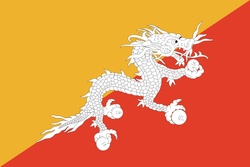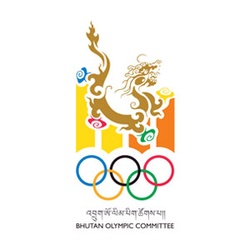Bhutan meaning Druk Yul - Land of the Thunder Dragon is landlocked between China and India. It gained independence or became a unified kingdom under its first hereditary king in 1907.
The capital is Thimphu, its main exports are Electricity, timber, cement, agricultural products and handicrafts. The major profession of the people of Bhutan is farming.



